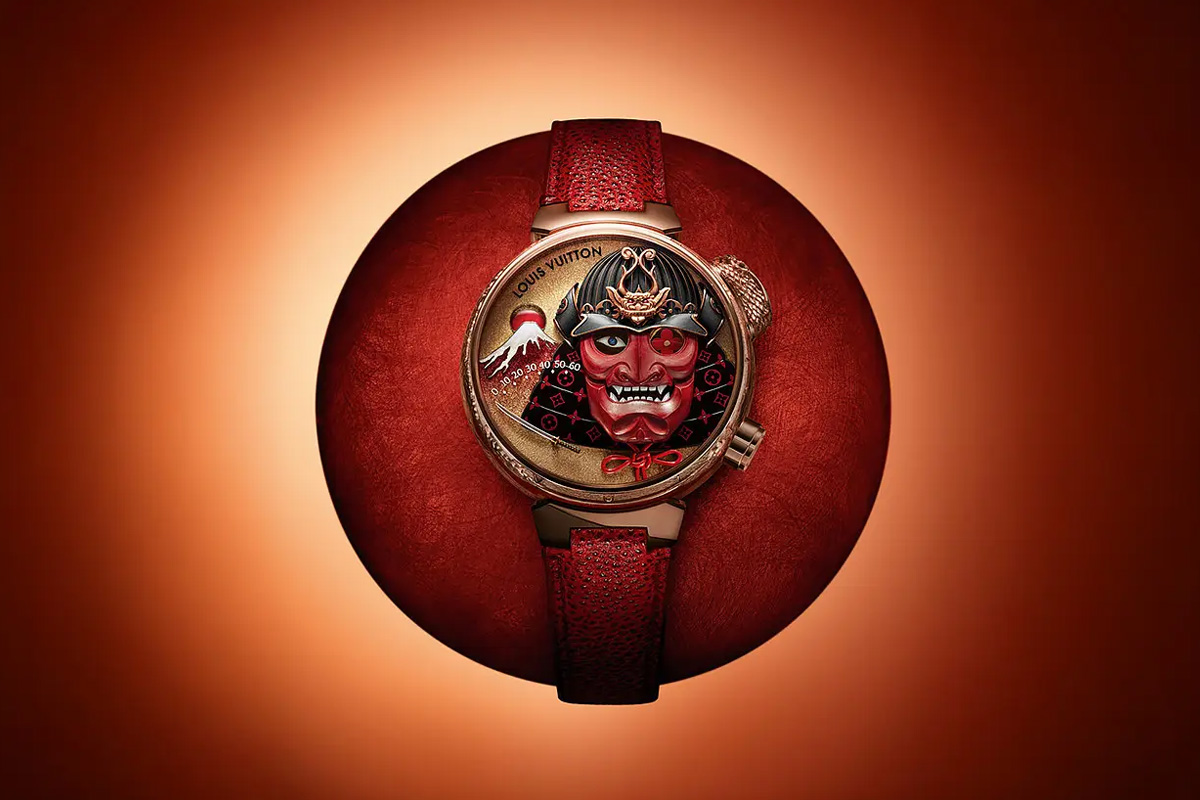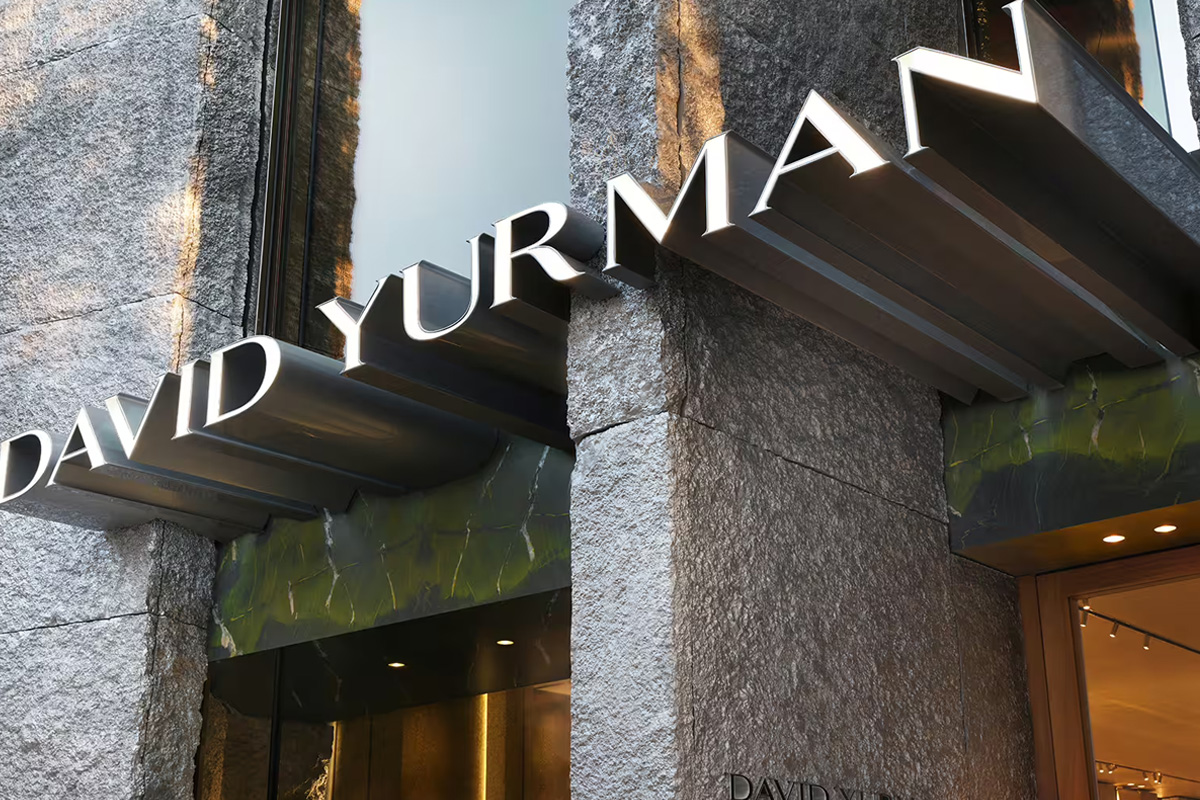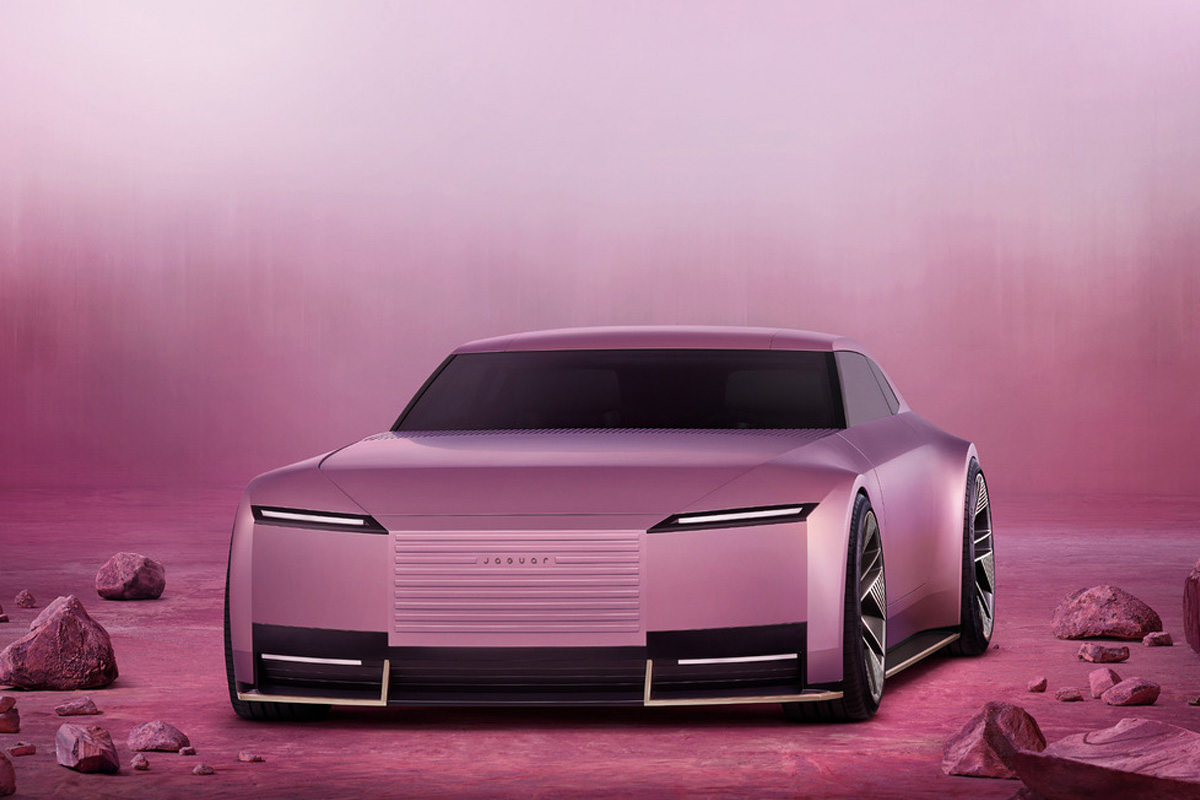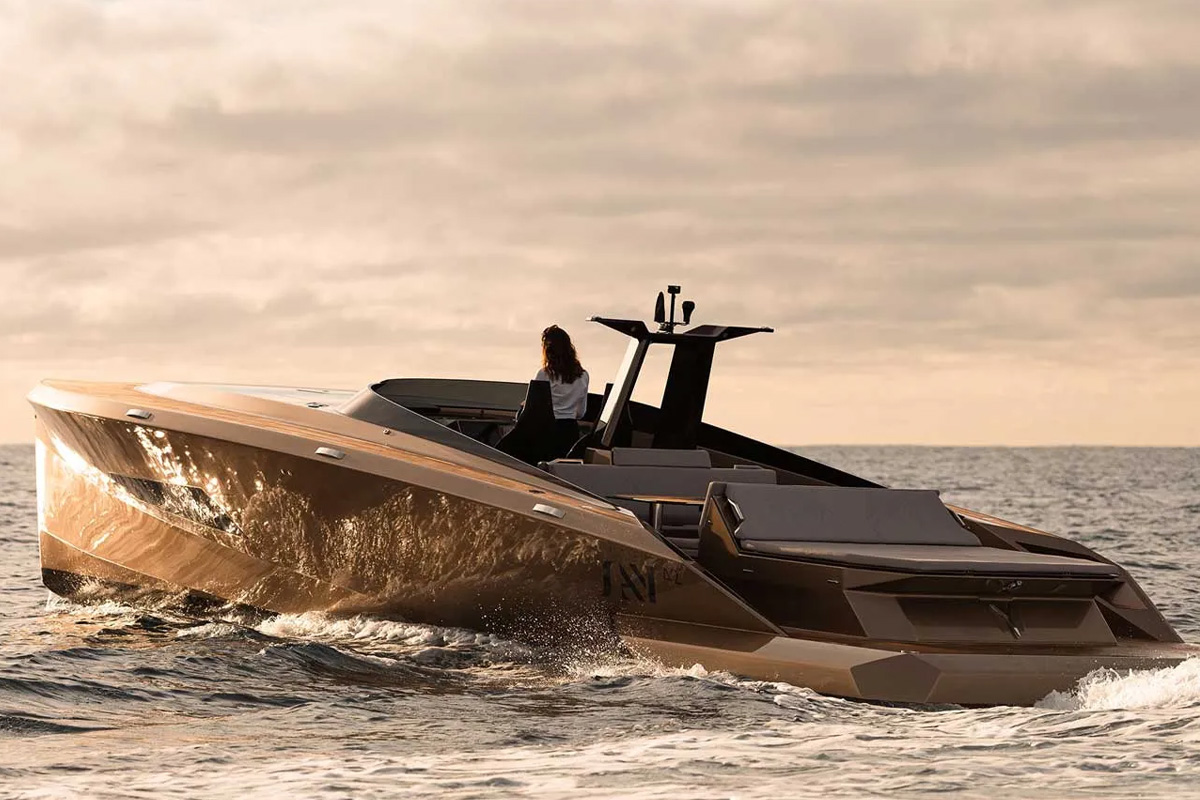LVMH Spirits Sales Drop 17% in Q1 2025: What It Tells Us About the Future of Luxury
Luxury changes over time—even names as iconic as LVMH aren’t exempt from shifting tides. Recently, the titan in fine living shared some unexpected news: its spirits branch stumbled with about a 17% drop in first quarter sales for 2025. Demand has slackened, especially around Cognac, hinting that key regions like China, Europe and Japan are feeling the shift.
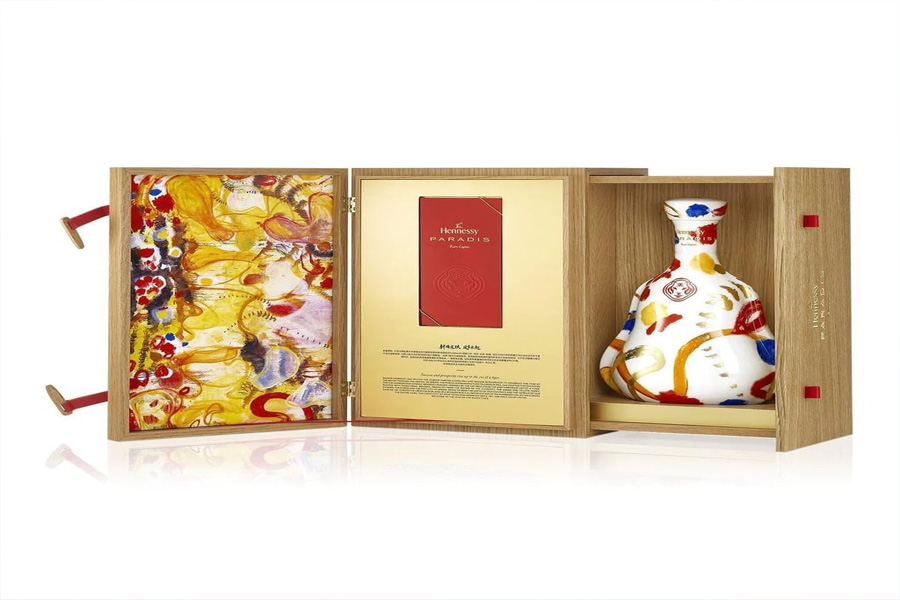
Big brands like Hennessy, along with others in the super-premium spirits circle, saw volumes shrink too. This isn’t just a temporary blip; rather, it generally mirrors how tastes are moving. Today’s drinkers and collectors often lean toward limited runs, rare finds, and the complete experience surrounding a drink. That mix—vintage spirits, unusual casks, and carefully picked collections—is gently rewriting the rules, fueled by a growing hunger for exclusivity and a good story behind the bottle.
We also take a look at what might be behind these first quarter numbers. Some say exports and the push to mix up portfolios played their part, while overall, luxury houses are stepping into fresh, creative methods to reach their market. Whether we talk about high-end wines or finely crafted watches, the current strategy seems to balance quick rewards with a longer game. In many cases, the history, uniqueness and intrinsic value of a product—be it a refined Scotch or a barrel-aged Cognac—have become essential parts of the equation, with collector-led auctions and special releases taking a front seat.
Looking further ahead, LVMH might lean into a plan of snapping up new distilleries, broadening its range, and even venturing into untapped territories like Mexico and Canada. By juggling old-school traditions with novel ideas, the group is, in most cases, set to explore unexpected paths to grow, sell and connect with the ever-evolving tastes of consumers and collectors worldwide.
A Deep Freeze for Cognac
LVMH’s spirits revenue fell to €629 million ($714.8 million) in the first quarter of 2025, marking its second consecutive year of quarterly double-digit drops. Their flagship Cognac brand, Hennessy, led this decline, facing decreasing demand in two powerhouse markets: the United States and China. External pressures like geopolitical tensions, evolving consumer behavior, and trade limitations have shaken the foundations of a heritage category once synonymous with global affluence.
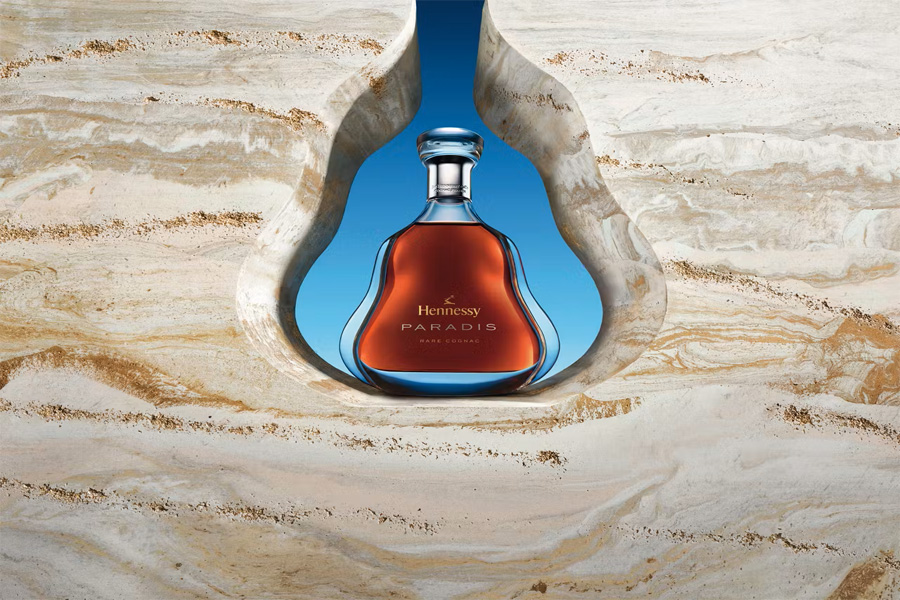
China, traditionally a massive market for Cognac, presents a particularly troubling narrative. Recent import tax probes on European brandy in China contributed to a staggering 72% drop in Cognac shipments in February alone. Meanwhile, the U.S. market—which long adored Hennessy’s premium offerings—is cooling, reflecting shifting feelings toward traditional luxury.
The global context for premium Cognac appears grim not just for LVMH but for competitors as well. Pernod Ricard’s Martell brand experienced a 25% sales drop during the period, and Rémy Cointreau, owner of Rémy Martin, saw a comparable 19% decline for Cognac revenue over its fiscal year. Combined, these figures paint a story of strain not limited to one brand—but possibly affecting the future of Cognac itself.
Cognac Caught at a Crossroads
For decades, Cognac enjoyed its position as the drink of choice for elite circles in East Asia and affluent Western consumers. However, signs increasingly suggest that this infatuation has begun to wane. Traditional “luxury” traits like branding, appellation, and wide distribution no longer guarantee desirability for today’s most affluent consumers.
What’s driving this? Particularly among ultra-high-net-worth individuals (UHNWIs)—a group whose behavior heavily shapes the luxury spirits market—the definition of exclusivity has transformed. Rare Japanese whisky, experimental, small-batch bourbons, and limited-edition rums have stolen much of the attention traditionally reserved for Cognac.
Why the One Percent’s Buying Behavior Is Shifting
The $8 billion spent annually by UHNWIs on the world’s most exclusive wines and spirits undoubtedly anchors the ultra-premium market. Yet, recent years have seen these consumers move away from traditional buys towards more tailored, personal offerings. Modern luxury is no longer just about substance; it’s about the emotional resonance and stories underpinning your purchase.
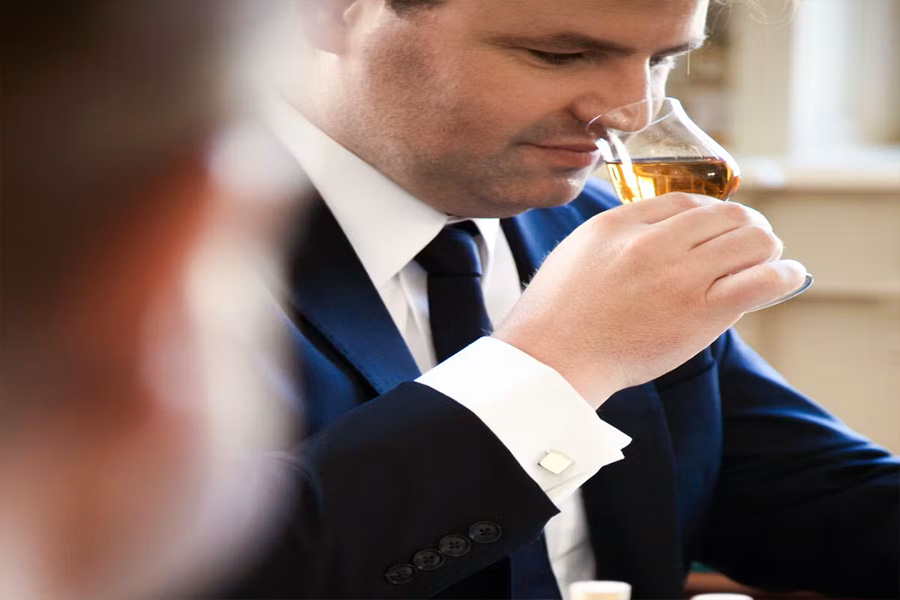
Today’s UHNWIs demand:
- Limited Availability: Collectors and connoisseurs seek hyper-exclusive offerings that elevate their cache and feel truly unique.
- Craftsmanship Meets Narrative: A single-cask rum’s story, a distiller’s creative arc, or the innovative edge of a bespoke bottle matters as much as the liquid inside.
- Alternative Prestige Spirits: Japanese whiskies like Yamazaki and Karuizawa or rare blends from emerging craft distilleries worldwide increasingly captivate the world’s elite.
- Positive ROI Potential: Investment-grade quality offers added allure, promising both enjoyment and long-term value.
For Cognac, this marks both a challenge and an opportunity. Brands with deep-rooted histories need to ask themselves, what’s the next chapter of our story? For centuries, Cognac dominated luxury shelves by virtue of heritage and status. Now, to re-engage this nuanced audience, it must innovate like never before.
The Rise of Experience-Driven Spirits
LVMH’s declining spirits sales illustrate that the mere perception of luxury is no longer enough. Brands like Hennessy will need to rethink how they deliver exclusivity and connection with their consumers. Mass-market prestige is falling in favor of bespoke creativity, experience-driven engagements, and out-of-the-box collaborations.
What Can Legacy Brands Do?
1. Curate Ultra-Rare Editions
Industry leaders can rekindle luxury appeal by looking beyond traditional formats. Consider limited-edition recreations of archived recipes, vintage blends, or artist collaborations wrapped in exquisite, hand-finished presentation.
2. Storytelling as Strategy
Like LVMH’s Glenmorangie Triple Cask Reserve—which paired its premium launch with both big-budget campaigns and star endorsements by Harrison Ford, Cognac brands must immerse their drinks in narratives.
3. Tap into Exclusive Tastings & Networking
By offering private barrel selections or “adopt-a-barrel” programs, brands could connect their 1% audience not just to the liquid but to their distilleries and artisans as well.
4. Expand Into Premium Whiskey & Rum
Diversifying portfolios with spirits like cask-aged rum and aged whisky can allow brands traditionally rooted in Cognac to extend their reach while exploring high growth categories.
Lessons from LVMH’s Response
Numbers sometimes tell a messy story. Cognac certainly struggled in Q1, yet not every LVMH spirit suffered the same hit. Take Glenmorangie whisky, for example—it caught on thanks to ads that mixed creative flair with a down-home narrative and a real sense of its aged character. This almost hints that today’s luxury drink scene leans on having limited supplies and a good story more than sheer volume.
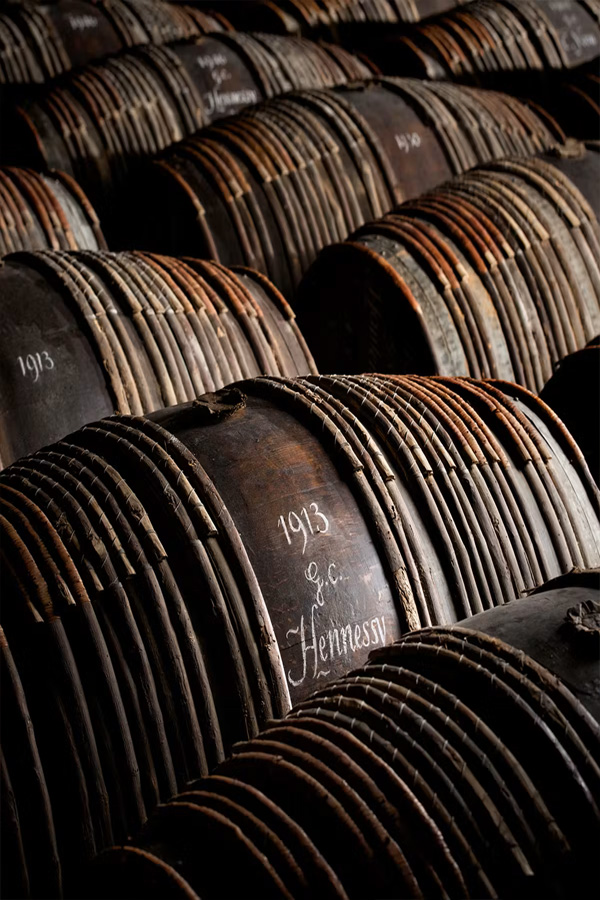
Consumer habits are constantly shifting, so merely reacting when things change just doesn’t cut it anymore. Big names like LVMH are carving unexpected paths even as this “new luxury” begins to show up. They manage to spark fresh excitement for classics like Scotch while still keeping an aspirational vibe across their other offerings. Generally speaking, forecasts lean toward LVMH spirits bouncing back by 2025, with collectors and casual drinkers still chasing premium bottles – Japan, notably, emerges as a hotspot for both volume and that special perceived value.
For investors, the interesting bit lies in how brands arrange their collections—not just selling a bottle, but unfolding a whole story. As markets twist and trends pop up unpredictably, companies that focus on limited releases and invest in a captivating yarn tend to pull ahead. Whether they’re reviving time-tested favorites or experimenting with fresh ideas, LVMH shows a knack for navigating uncertainty while steadily stirring up desirability across its range of offerings.
What This Means for Luxury Investors and Beyond
For analysts, brand stakeholders, and market-watchers, this downturn in LVMH spirits sales is not an omen of collapse but a signal of recalibration. With rare whisky and Scotch earning higher annualized gains than many blue-chip luxury investments, alternatives within spirits are reshaping what “liquid legacies” and bottle collections look like.
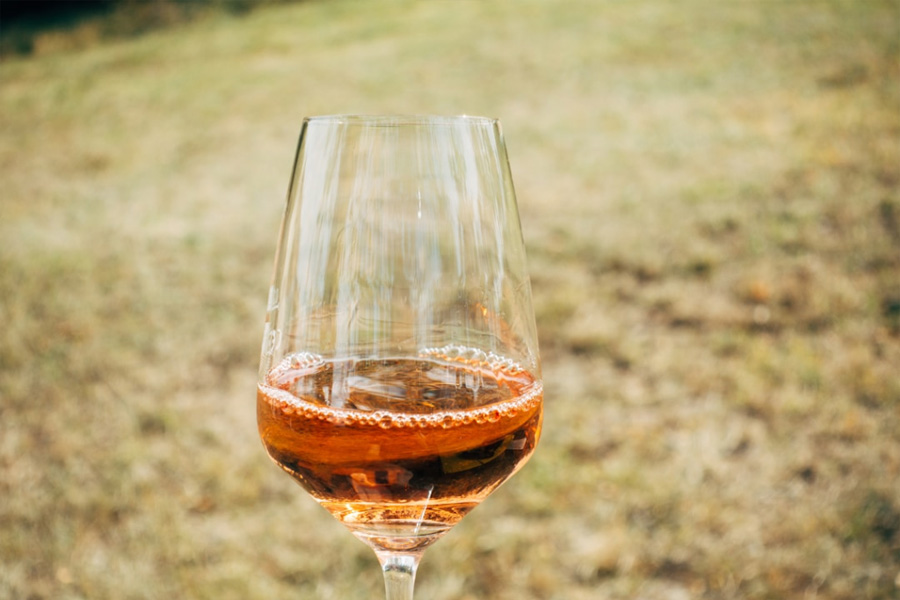
Is Cognac’s dream over? Far from it. But, with drinkers seeking value and collectors focusing on trends like investing in bottles that are portfolios in themselves, the days of complacent prestige are long gone. Only those who innovate with purpose, engage with transparency, and craft compelling experiences are expected to remain relevant.
Through this 17% decline in volumes, LVMH has highlighted a broader note for investors alike eyeing luxury stocks or market shifts. As we approach 2025, spirits houses and retailers, from Japan to Scotland, must note that the course of growth now depends on producing compelling offerings that appeal to both medium and high-end drinkers. For those looking to sell experiences or collections, the bar has never been higher.
LATEST
POPULAR
